|
Art
Gallery of Old Ship Portraits and Marine Paintings
|
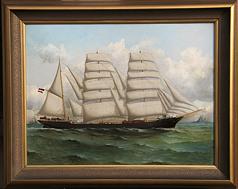
|
|
|
Art
Gallery of Old Ship Portraits and Marine Paintings
|

|
|
Presented by the FineArtEmporium in Hamburg.
For more information about the vessel, see the fine description in the book "Hamburgs Segelschiffe 1795-1945" by Meyer - on page 165 (with examples of the travels and an old photo).
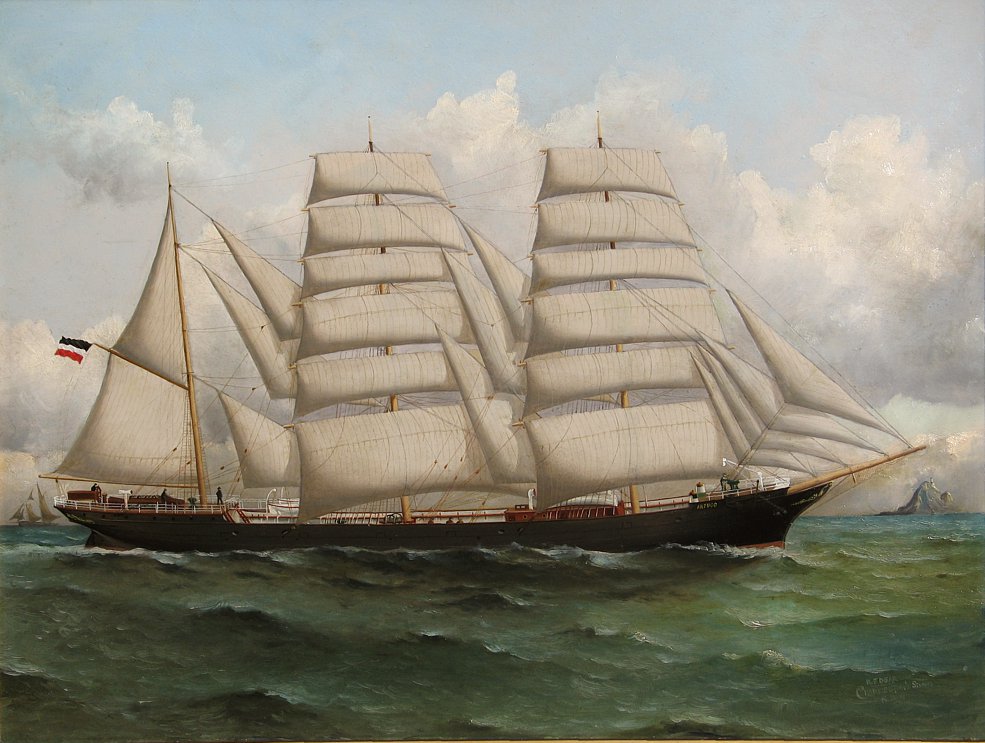
|
|
William Edgar (fl.
1898-1918) - Portrait
of the German Bark "Antuco" in the Pacific Ocean -
Go back to the page for William Edgar or to the Gallery - Photo Copyright is with the FineArtEmporium. |
Following are shown several more photos of the painting:
 *
*
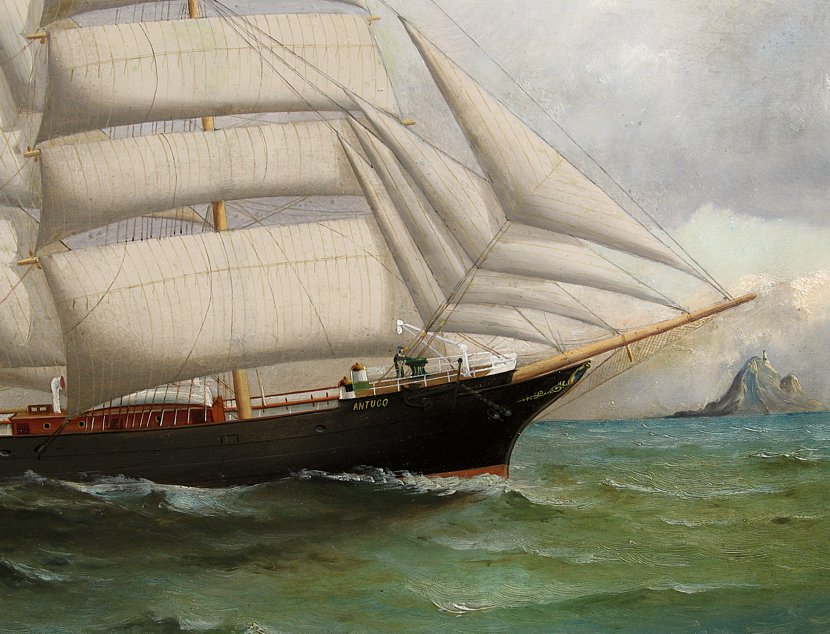
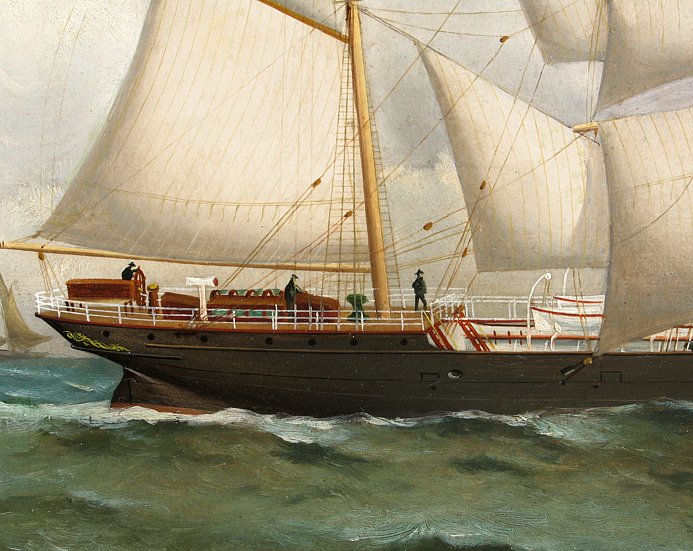
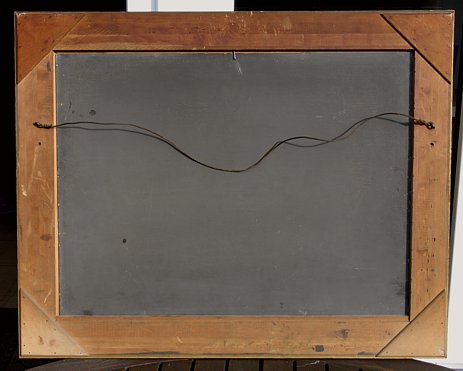 *
*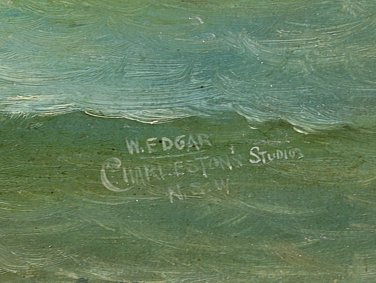
We are of the opinion, that this is one of the best paintings which has been done by the Australian School of Ship Portrait Artists around the turn of the century. The detail and accurate execution is just amazing. The "Antuco" was one of the so called "Wool Clippers" (Australian route) or "Nitrate Clippers" (heading for South America) - large Windjammer sailing barques and ships who was on the route to Australia and Southern America around 1900 and until World War I still more economic than the steamers.
